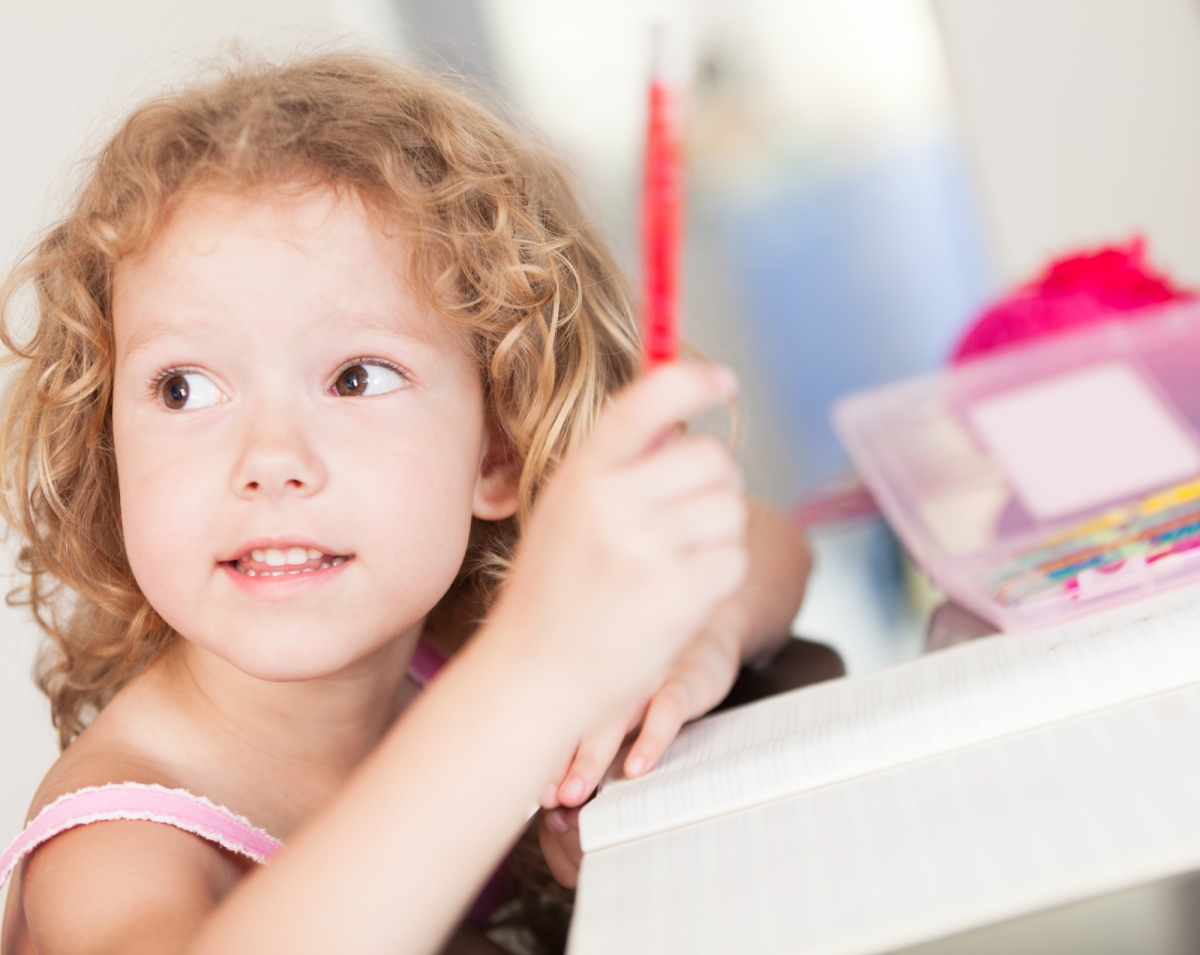
Primary teachers know all too well that children do not enter school at the same readiness level. Just as a child talks and walks when he is ready, the same is true for reading and writing. Looking at any textbook, basal reader, or set of curriculum standards, one might wonder if the authors understand this basic concept of child development: Children gain necessary skills and the ability to understand needed concepts at varying times. It’s the classroom teacher’s job to provide the best, most appropriate environment to nurture this transition as children grow as writers. How does IEW help you do this?
Because of each child’s varying degrees of readiness, experience, and ability, and to allow for language proficiency differences, the lessons in our Classroom Supplement and Lesson Plans for Kindergarten, Grade 1 and Grade 2 are organized into three phases. Each grade level moves through the phases at a different pace. Each phase lays the foundation for the next.
The Three Phases of Writing in the Classroom Supplement and Lesson Plans for grades K–2
Phase 1. Pre-Writing: Exposure (from Speaking to Modeling)
This phase is strictly oral for both the teacher and the students in kindergarten and can begin before students can print. In grades 1 and 2, students’ handwriting ability is assessed. Phase 1 is designed to introduce literature through nursery rhymes (K), poetry, and stories to develop comprehension skills and to introduce terminology that students will need for later writing. Grades 1 and 2 also review parts of speech and sentence structure. The Classroom Supplement pacing schedule for Phase 1 is Weeks 1–12 for Kindergarten, Weeks 1–7 for Grade 1, and Weeks 1–2 for Grade 2.
Phase 2. Introduction to the Structural Units (Modeling to Copy Work)
For Kindergarten Phase 2 begins orally but then transitions students into actual writing (copy work). During this phase the structural units are explored orally while the teacher models the actual writing. Phase 2 also begins orally in grades 1 and 2 and introduces the first structural unit. As the remaining units are introduced (Units 2–5 and 7), the teacher models the writing for the students, who may use the model for copy work. An additional challenge may be offered at the end of the week when students may write the weekly poem from memory. The Classroom Supplement pacing schedule for Phase 2 is Weeks 13–24 in Kindergarten, Weeks 8–27 in Grade 1, and Weeks 3–5 in Grade 2.
Phase 3. Introduction to Structure and Style™ (Oral to Modeling to Independence)
Phase 3 provides the opportunity for students to transition to independent writing as they are able. Kindergarten revisits previous source texts and structural models, providing the opportunity for students to become more independent while using familiar materials. As their skills grow, summarizing from classroom curriculum, picture books, and library sources is encouraged. (Weeks 25–30)
In Grade 1, Phase 3 provides the opportunity for students to transition to independent writing as they are able. The structural models are revisited, and the Composition Checklist is introduced. The teacher continues to model the process with the group of students who still require help while those who are ready may complete the process more independently. (Weeks 28–32)
In Grade 2, Phase 3 moves into the remaining structural units that are appropriate for the primary level (Units 2, 3, 4, 5, and 7). The teacher continues to model the writing for students, who may use the model for copy work. Students transition to independent writing as able. (Weeks 6–32)
It’s important to remember that the term readiness can be misleading. Students are always ready for something. As teachers, we can provide our students with the skills they need, build their confidence, and prepare them to better communicate with the world in which they live. To take children further, we must find what they are ready for. We must discover where they are to get them where they need to be. Despite your best intentions, you cannot possibly tailor instruction to each individual student given the large classroom sizes typical in most schools today. However, by providing a linguistically rich classroom environment, modeling each skill thoroughly, and adjusting the pacing of the phases to meet your students’ needs, you are giving your primary students the foundation they need to grow as young writers!
